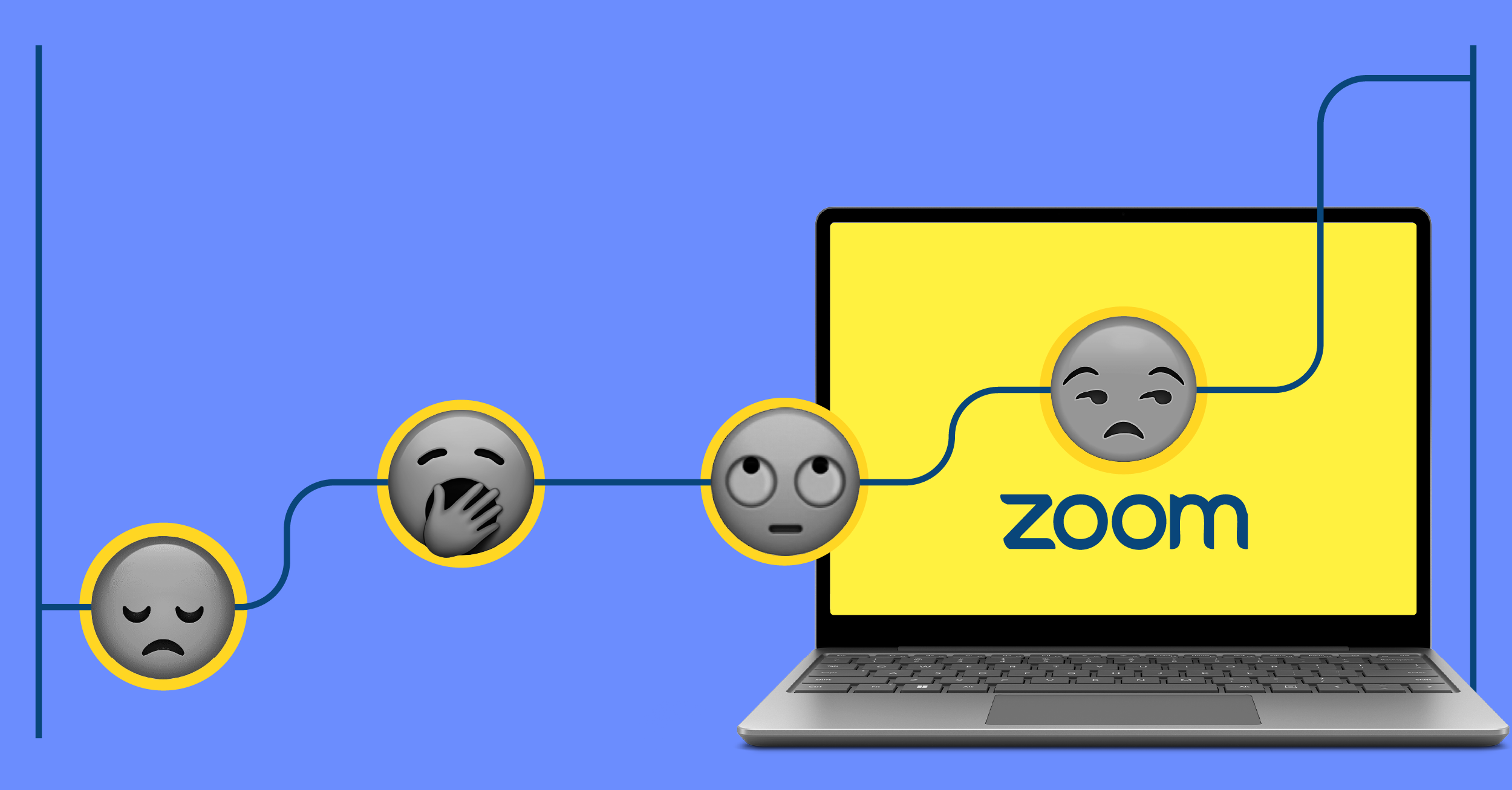Look above. Is that single line of text the reason you’re reading this blog?
We are bombarded by headlines all day, each one attempting to lure us in, tell us about a hot news topic or convince us to buy something. The importance of headlines, especially in today’s hyper-connected world, cannot be overstated.
Then why do most content creators spend so little time on them? Many leave it as the last exhausting task to be wrapped up as quickly as possible. Frankly, it’s like beautifully staging a house for sale, but doing little to create curb appeal. Likely, no one’s coming in.
So, before jumping into your next writing project, here are a few thoughts on how to write headlines that grab readers:
- Rest and reflect: If you’re fried from writing a piece, don’t then tackle the headline immediately. You’ll dash one off and shortchange all the great work you’ve already done. Set the piece aside for a little while. Maybe pick it back up first thing in the morning with fresh eyes and an enthusiastic spirit.
- Short and simple: While not all headlines can be cut down to the clarity of “Man Bites Dog,” keeping them brief and to the point is key. For both web and print, shoot for around 6 to 8-word headlines. If you’re having trouble boiling down the point of your piece, that may be telling you something about the piece itself.
- Clever and cute has to be very clever and cute: Don’t resist the urge to draft some offbeat headlines. But keep in mind, you wrote the piece so you know exactly what it is about when you read that witty headline. Try that funny headline out on a colleague. Are they confused by it? If they are, then it’s far better to be clear and informative than risk losing a reader right from the start.
- Don’t bait and switch: There may be no better way to lose a reader, and lessen your credibility, than using a headline that does not accurately reflect the content you’re offering. Always keep in mind the ‘promise’ of your headline and the balance between promotion and the reality of what you are delivering.
- Don’t forget SEO: If you’re writing a blog post or other content that will be shared online, keep in mind the keywords that will help readers search for and find your content. Don’t overthink it. If you’re, say, writing a blog on writing headlines, the word “headlines” should be prominently used. This is a key part of knowing your audience and industry and utilizing the terminology that is relevant and timely for them.
- Write three, at least: Writing headlines should not be an exercise of one and done. Even if you feel you’ve knocked it out of the park, draft a few more. Play with the word order, try different phrases and read them aloud. Those small tweaks and tests can make a big difference between a headline that draws in readers and one that sends them on their way.
Still here? Then we made our point. How will you make yours?



